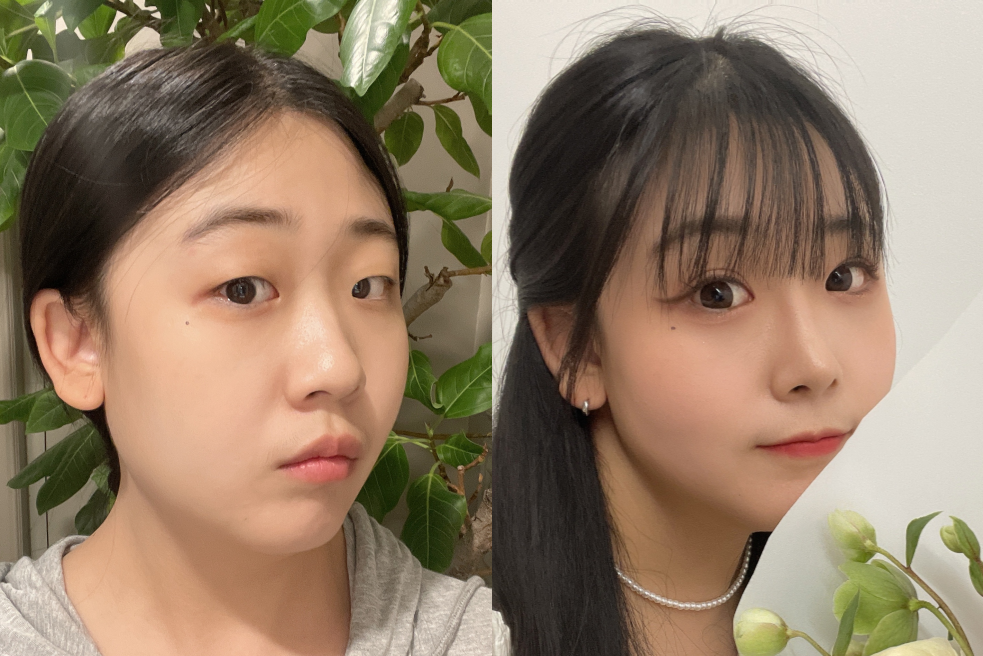
In recent years, Korean beauty has captured global attention, influencing beauty routines and standards around the world. However, the ideals of beauty in Korea have not always been what they are today. They have undergone significant transformations, shaped by historical events, cultural shifts, and evolving societal norms. This blog post will take you on a fascinating journey through the history of korean beauty standards, exploring how they have evolved from traditional periods to the modern era.
Introduction to Korean Beauty Standards
Korea’s beauty standards have a long and complex history. Rooted deeply in cultural and societal norms, these standards have been influenced by various factors over the centuries. Understanding this evolution provides not only a glimpse into the country’s rich cultural heritage but also insight into the dynamic nature of beauty itself. In this blog, we’ll explore the historical context, key influences, and the contemporary manifestation of Korean beauty ideals.
Ancient Korea Beauty Ideals
In ancient Korea, beauty was often associated with nature and harmony. The concept of “Sumokhwa,” an art form resembling ink wash painting, mirrored the aesthetic values of simplicity and natural beauty. During the Three Kingdoms period (57 BCE – 668 CE), women were admired for their natural, unadorned appearance. Pale skin, symbolizing purity and nobility, was highly coveted.
Influence of Confucianism
Confucianism, introduced to Korea from China, played a significant role in shaping beauty standards. The Joseon Dynasty (1392-1897) particularly embraced Confucian values, emphasizing modesty and inner virtue. Women were expected to reflect these values in their appearance. Simple hairstyles, minimal makeup, and modest clothing became the norm. The ideal woman was one who appeared natural and unpretentious.
The Impact of Foreign Occupation
The Japanese occupation of Korea (1910-1945) brought significant changes to Korean society, including beauty standards. Western beauty ideals began to infiltrate Korean culture, introducing new cosmetic products and grooming habits. The emphasis shifted slightly towards a more polished and refined appearance, blending traditional Korean aesthetics with modern influences.
Post-War Industrialization and Western Influence
After the Korean War (1950-1953), Korea underwent rapid industrialization and modernization. This period saw an increasing influence of Western culture, particularly from the United States. Hollywood films and Western fashion began to shape Korean beauty ideals. The preference for lighter skin remained, but there was a growing appreciation for more defined features, such as high cheekbones and larger eyes.
The Rise of K-Beauty Industry
In the late 20th century, Korea’s beauty industry began to flourish. The development of innovative skincare products and cosmetics helped establish Korea as a leader in the global beauty market. K-Beauty, characterized by multi-step skincare routines and natural-looking makeup, gained immense popularity. This era marked a shift towards achieving flawless, youthful skin, and a more playful approach to makeup.
Modern Korean Beauty Standards
Today, Korean beauty standards are diverse and continually evolving. While the pursuit of clear, radiant skin remains central, there is also a growing acceptance of individuality and personal expression. Influences from global fashion and beauty trends coexist with traditional Korean aesthetics. Social media platforms have played a crucial role in democratizing beauty, allowing for a broader range of beauty ideals to be celebrated.
The Role of Media and Pop Culture
Korean media, particularly K-dramas and K-pop, have had a profound impact on beauty standards. Celebrities and idols often set trends, influencing how people perceive beauty. The “glass skin” trend, characterized by a smooth, dewy complexion, gained fame through its constant portrayal in media. Additionally, the popularity of K-pop idols has led to trends such as gradient lips and straight eyebrows.
Societal Pressure and the Pursuit of Perfection
Despite the positive aspects of Korean beauty culture, there is also a significant amount of societal pressure to conform to certain standards. The high value placed on appearance can lead to issues such as low self-esteem and body image concerns. It’s essential to recognize the impact of these pressures and promote a more inclusive definition of beauty.
The Influence of Technology
Advancements in technology have revolutionized the beauty industry. From high-tech skincare devices to AI-driven beauty analysis tools, technology plays a crucial role in shaping modern beauty routines. Virtual try-ons and personalized skincare recommendations are becoming increasingly popular, allowing individuals to tailor their beauty practices to their unique needs.
The Role of Traditional Practices
While modern innovations are celebrated, traditional beauty practices continue to hold significance in Korean culture. Ingredients like ginseng, rice water, and green tea, rooted in ancient remedies, are still widely used in contemporary skincare products. These traditional elements offer a bridge between the past and present, highlighting the enduring nature of cultural heritage.
Gender and Beauty Standards
Korean beauty standards are not limited to women. Men, too, are influenced by societal expectations regarding appearance. The rise of “flower boys” or “Kkonminam,” characterized by their delicate and refined features, reflects a shift towards more inclusive and diverse definitions of masculinity in Korea. This trend challenges traditional gender norms and promotes a broader understanding of beauty.
Conclusion
The evolution of Korean beauty standards is a testament to the dynamic nature of culture and society. From ancient ideals rooted in nature and harmony to modern trends influenced by technology and media, Korean beauty has undergone a remarkable transformation. Understanding this evolution allows us to appreciate the rich cultural heritage of Korea and recognize the diverse factors that shape our perceptions of beauty.
For those interested in exploring the world of Korean beauty further, consider incorporating some traditional practices into your routine or experimenting with the latest K-beauty trends. By doing so, you can celebrate the beauty of both tradition and innovation in your daily life.
Feel inspired? Share your thoughts and experiences with us, and let’s continue the conversation about the fascinating world of Korean beauty standards.